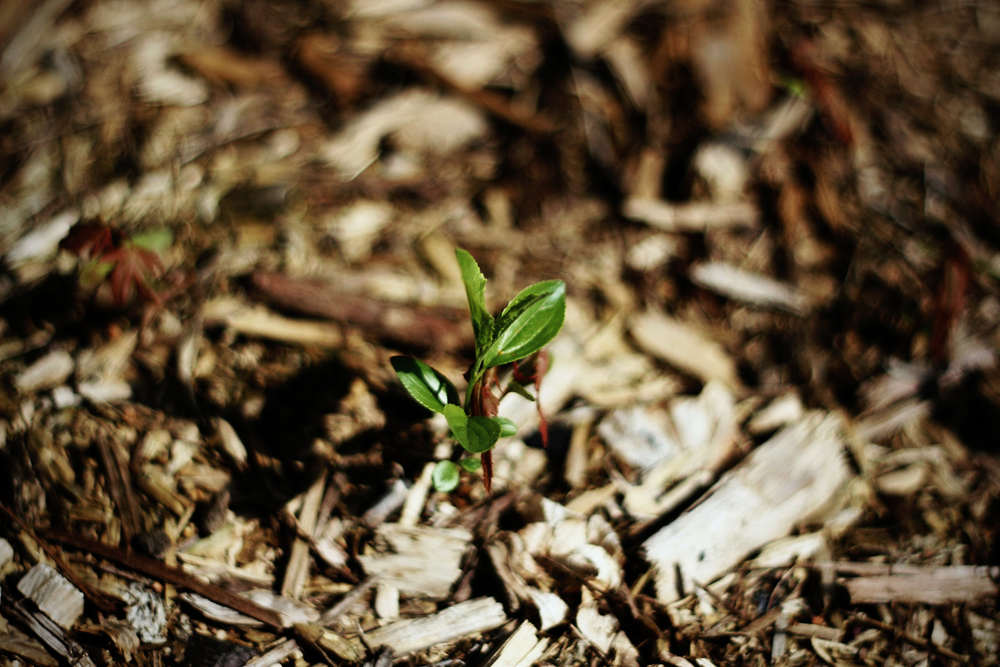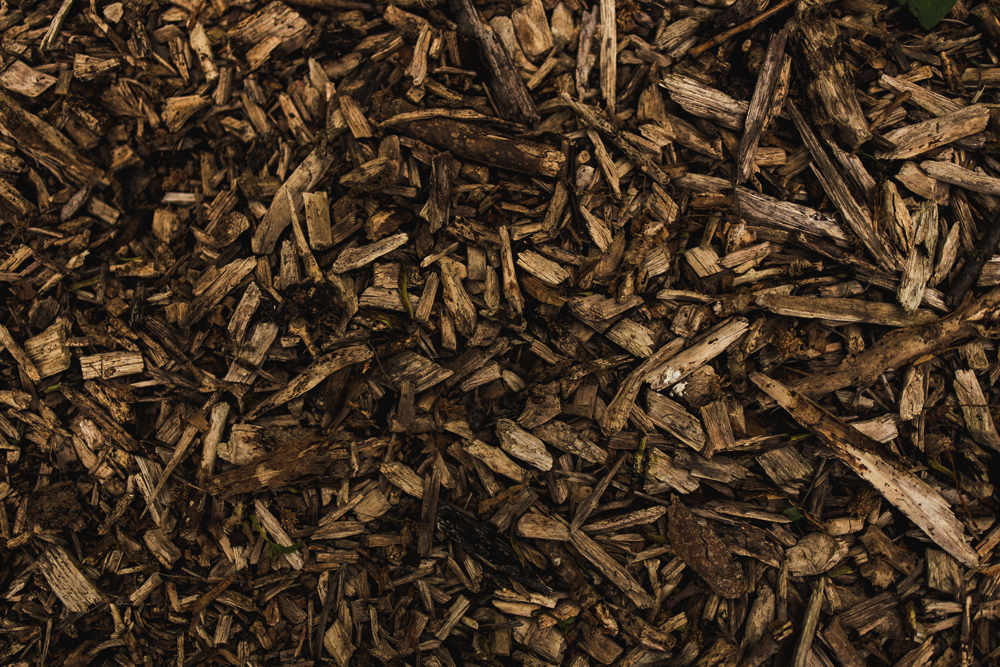Whether you’re tending vegetable gardens or flower beds, using a mulch can definitely make the process a lot easier. Mulch is a material that you layer on top of your garden soil. It helps conserve moisture, improve the health of the soil, minimize weed growth, and fight pests at the same time. It’s no surprise that many home gardeners use a mulch to enhance the appearance of their gardens and make their fruits, flowers, and veggies healthier.
Mulch comes in many different varieties and each has its own unique characteristics. If you want your garden to thrive, you need to pick the right mulch for the job. While most types of mulch will ward off weeds and pests, some are better suited for specific crops, trees, and plants. Here are the different types of mulch that you can use to further improve the health of your garden.
Choosing the right mulch for your garden
In general, mulch is categorized into two types and these are organic and inorganic. Organic mulches are composed of naturally occurring materials that decompose easily like grass clippings, shredded bark, wood chips, straw, sawdust, and even paper. Inorganic mulches, on the other hand, are non-natural materials that do not decompose or break down slowly over time. Some examples of inorganic mulches are plastic sheeting, landscape fabric, rocks, and rubber mulch.
As organic mulches decompose, they help improve the condition of the soil. While the same cannot be said for inorganic mulches, that doesn’t mean they don’t serve any purpose. Case in point: plastic sheeting. Plastic sheeting is a popular form of inorganic mulch that warms up the soil during the night to make heat-loving vegetables like cherry tomatoes and eggplants lively and vigorous.
Examples of organic mulches
You’ll come across plenty of organic mulches in the market which, if you’re uninformed, can make it difficult for you to choose. Let’s break down some example of organic mulches to know which one is appropriate for your applications.
- 1. Pine bark – Pine bark is perfect for pots and garden beds. It has an inherently dark colour that blends well with garden soil and will look great in almost any garden setup.
- 2. Sugar cane – Sugar cane is derived from dried leaves of sugar canes. When applied to garden beds, it creates an attractive finish that draws in plenty of helpful organisms to enrich the soil.
- 3. Straw – Straw is best used for vegetable gardens where it can decompose quickly and enrich the soil as it decays. This, in turn, helps you grow a bumper crop of veggies for a productive harvest.
- 4. Wood chips – Wood chips are not only effective for weed control, but they can also serve as a highlight feature for your garden, especially in flower beds and garden pathways.
- 5. Grass clippings – A readily available form of mulch, grass clippings provide much-needed nitrogen in order for vegetable gardens to thrive.
- 6. Shredded leaves – Shredded leaves are also another readily available mulch that’s rich in organic matter. They feed earthworms and other beneficial microorganisms for a healthy garden.
- 7. Hardwood – Hardwood mulch is a mulch that contains any kind of hardwood like whitewood or bark. It looks decorative, is great at suppressing weeds, and decomposes slowly so you don’t have to replace it as often.
- 8. Coir – Coir is the natural fibre that’s extracted from the exterior of a coconut husk. When it decomposes, it enriches the soil with organic matter and invites microorganisms. It lasts much longer than straws or grass clippings.
Examples of inorganic mulches
While inorganic mulches do little in terms of enriching the soil, they are better at insulating your garden because they don’t decompose. They keep garden soil warm for much longer which promotes the growth of helpful bacteria while extending the growth period of certain plants. Some examples of inorganic mulches are:
- 1. Pebbles and gravel – Pebbles and gravel are primarily used for foundation plants. They fit well when used for decorative purposes on flower beds, walking paths, and driveways. Such materials also prevent soil erosion from occurring.
- 2. Plastic sheeting/weed mat – Plastic sheeting is one of the most common inorganic mulches used by gardeners to suppress weeds and conserve water. However, it does have a tendency to break down in sunlight so make sure to bury the plastic underneath the soil for an extended lifespan.
- 3. Landscape fabric – Just like plastic sheeting, landscape fabric works as a weed suppressant by limiting their exposure to sunlight. The advantage to landscape fabric over plastic sheeting is that it’s more breathable, thus allowing more air and moisture to flow through plants to avoid suffocating them.
- 4. Old newspaper – For the frugal gardeners out there, you can repurpose old newspaper as mulch. This is particularly useful if you’re opening up a new planting bed to suppress grass or weeds over a large area. Lay 5-6 pages of newspaper on top of the soil and add organic mulch like straw to keep them from blowing away.
Think of mulch like a gardener’s hack. You won’t have to deal with annoying weeds sprouting all over the place and it makes your garden soil much healthier. When choosing between different types of mulch, consider your intended applications to determine which material is best for your garden. If you’re looking for a reliable Mulch Supplier in Perth, give us a call here at Soil Yourself.


